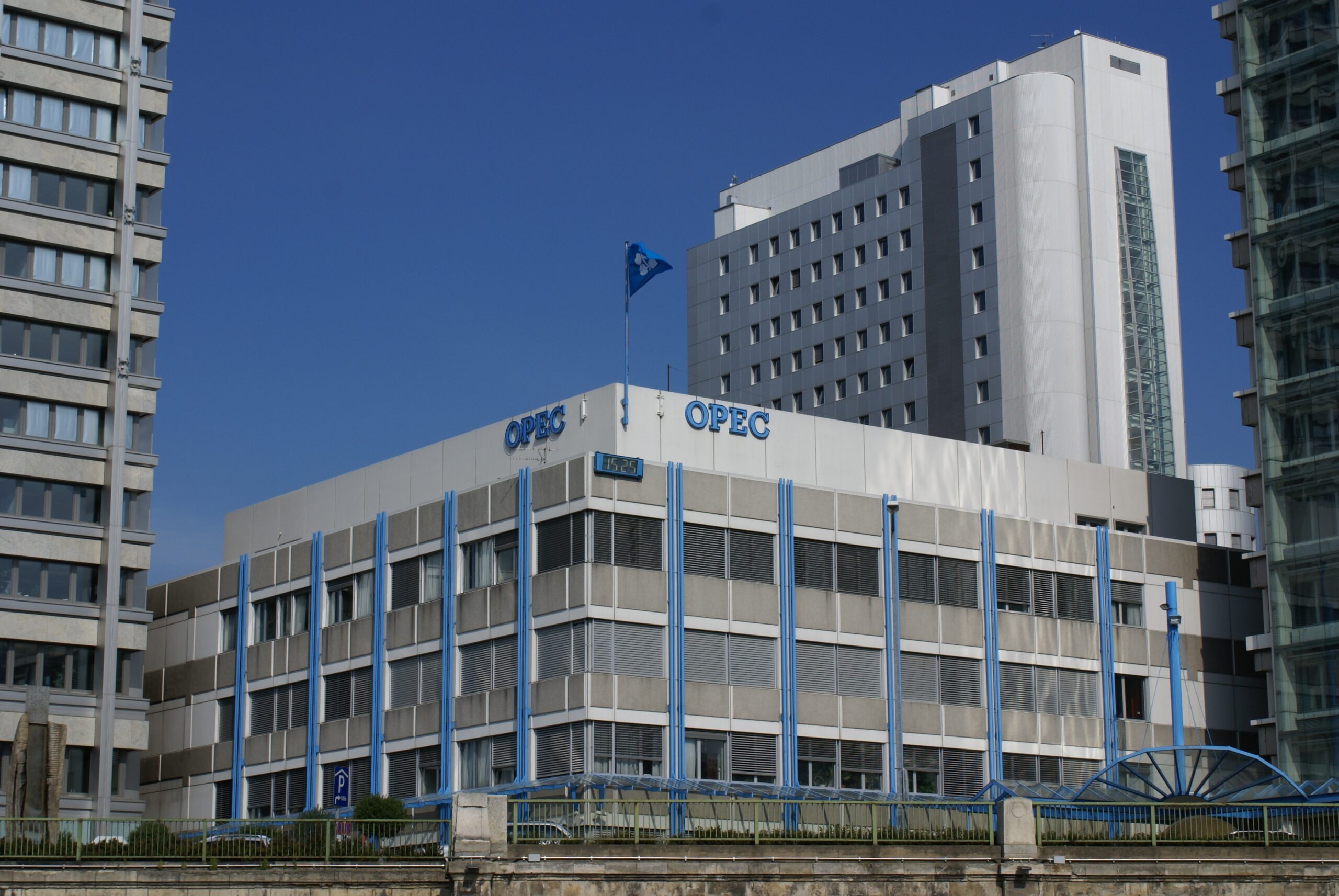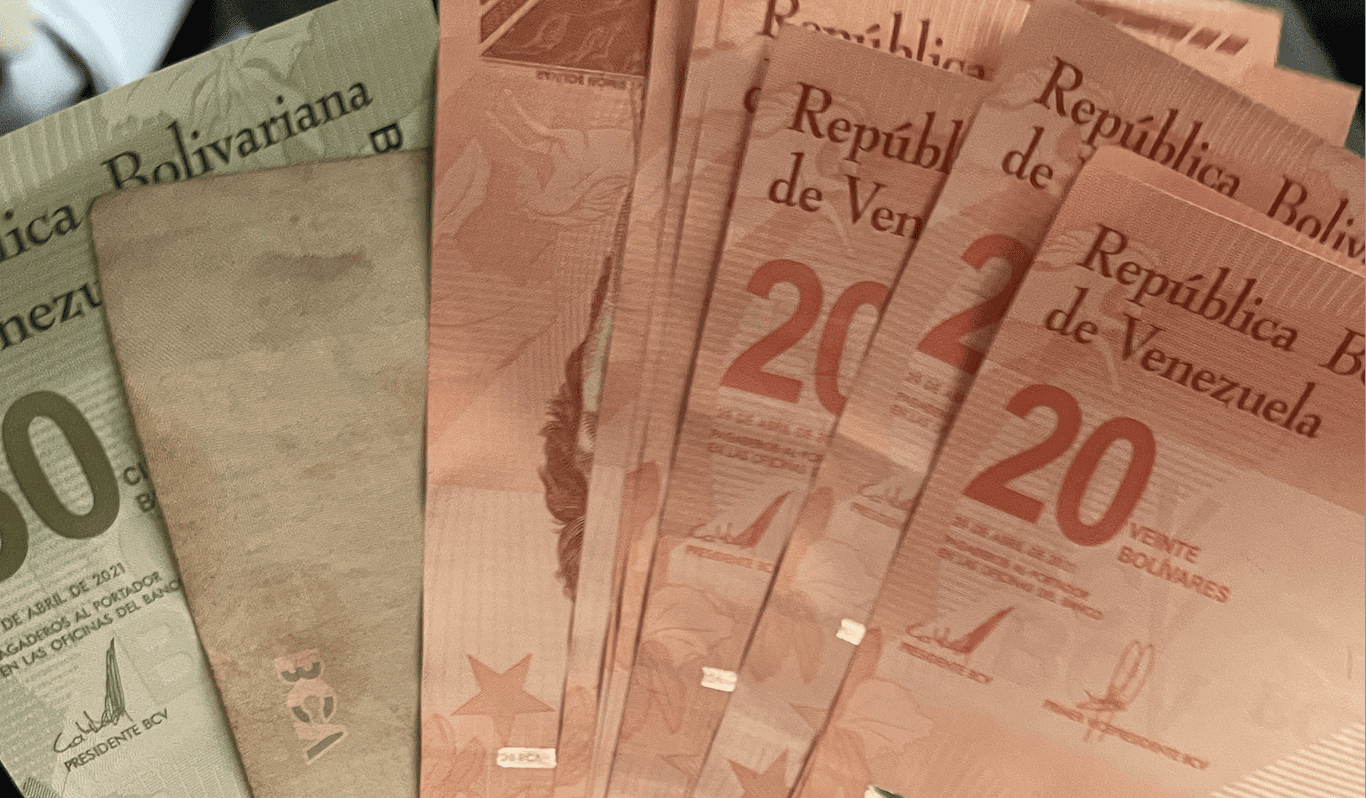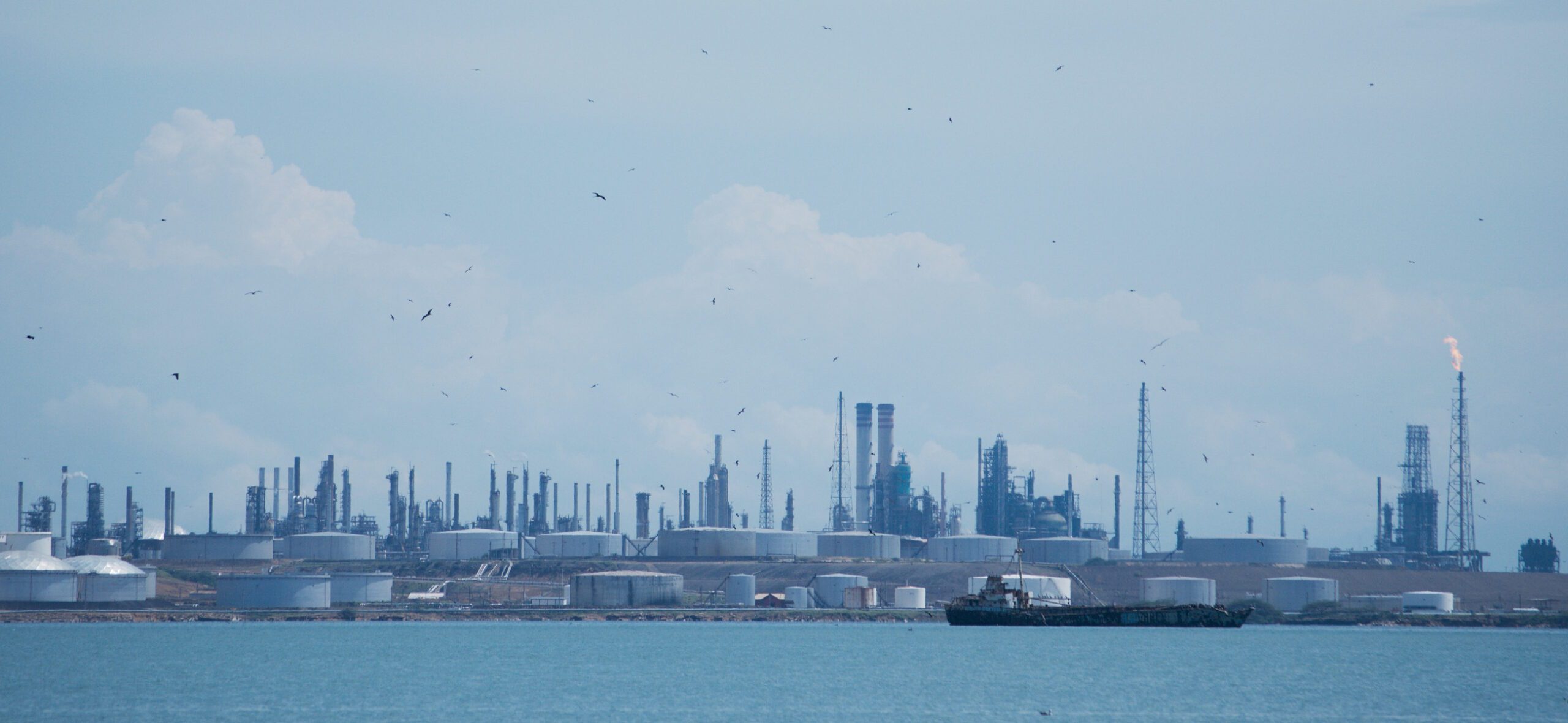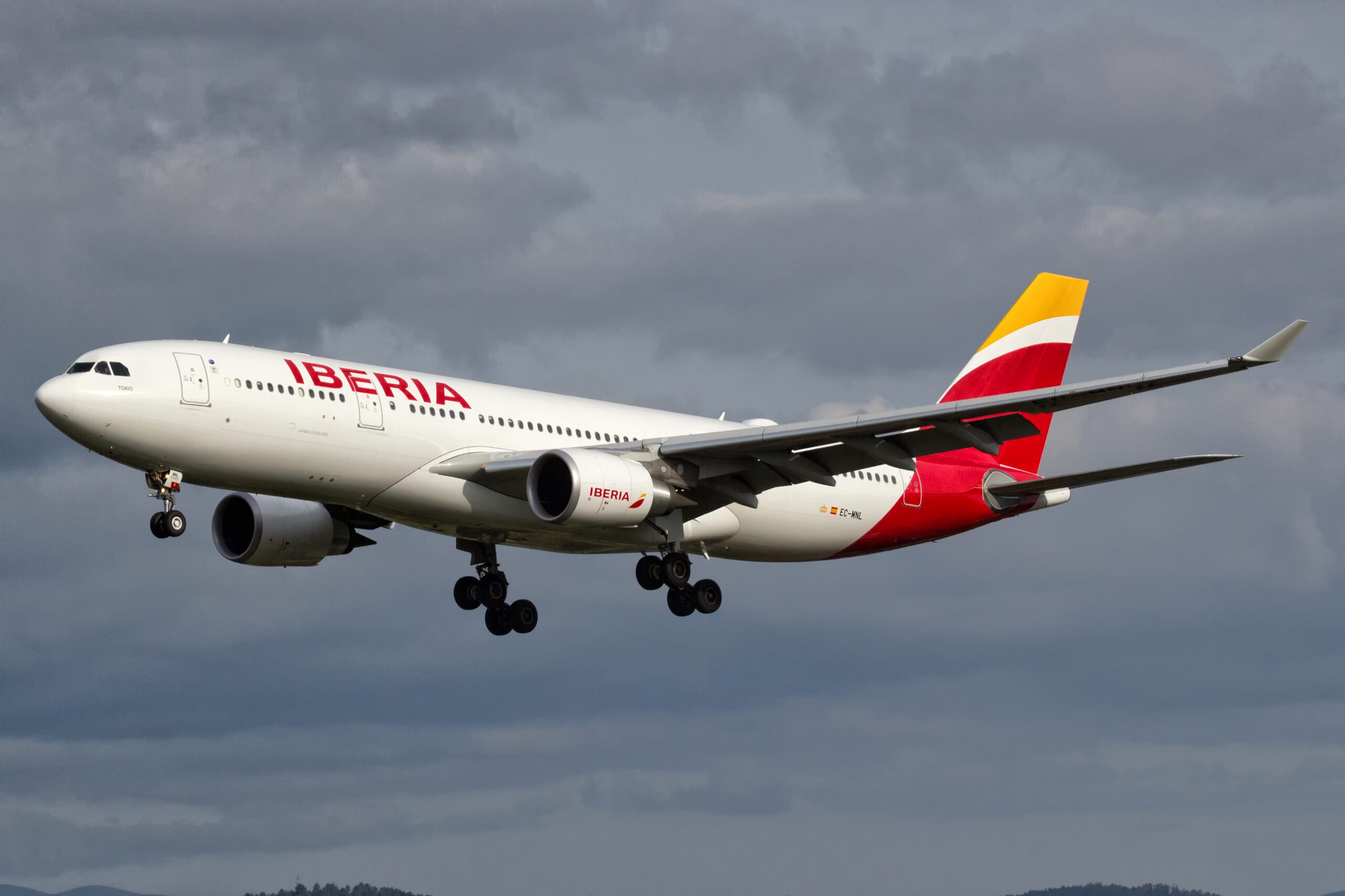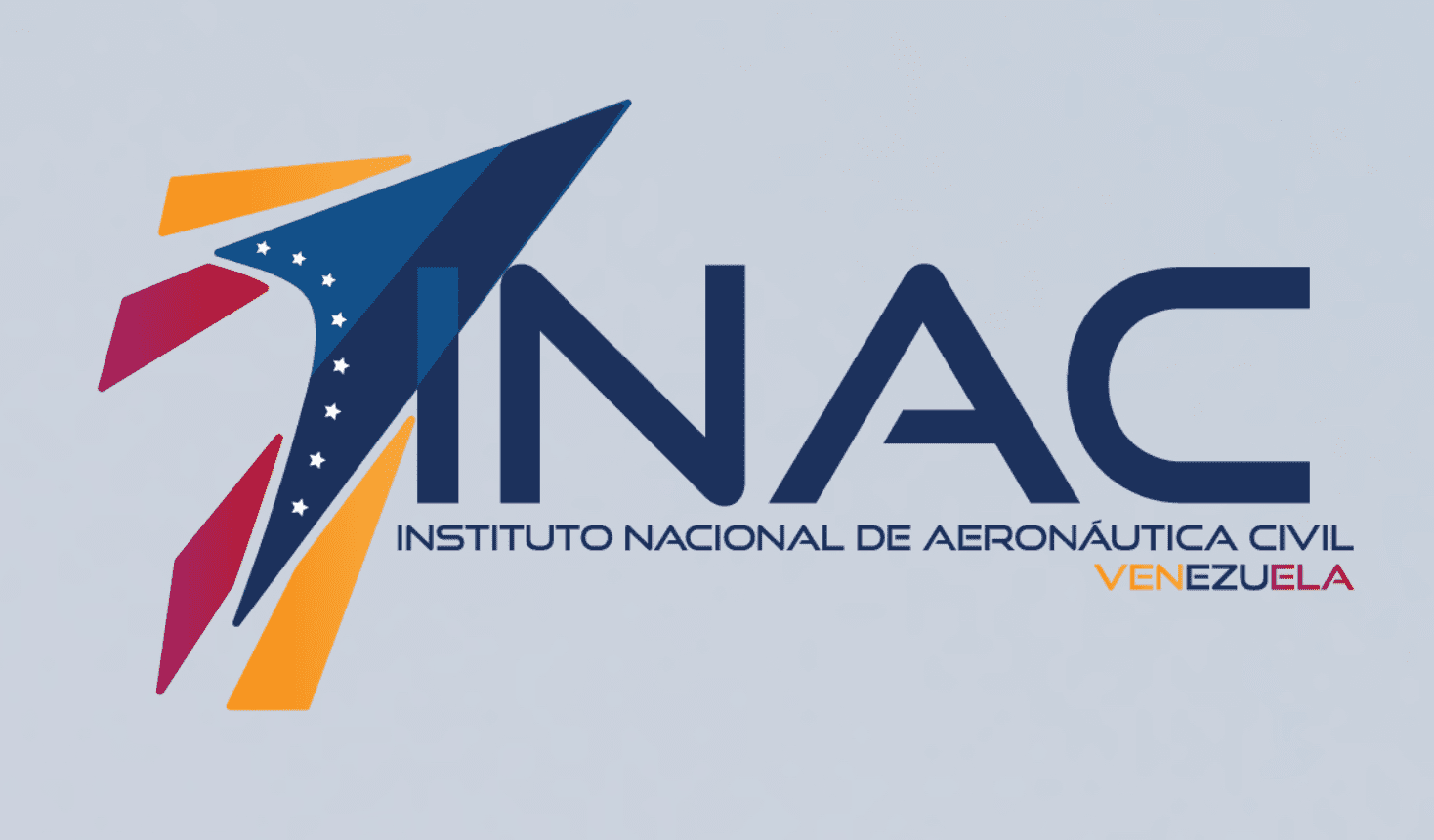Liza Destiny ExxonMobil platform in the Stabroek Block. Photo: ExxonMobil Press Gallery
Guacamaya, July 3, 2025. US oil company ExxonMobil has returned a portion of the strategic Stabroek Block to the State of Guyana, fulfilling a contractual clause and avoiding areas affected by the territorial dispute with Venezuela. The measure, announced by Guyana’s Ministry of Natural Resources, comes after years of exploration along the Atlantic coast that have transformed Guyana’s economy.
According to Bloomberg, ExxonMobil relinquished over 2,500 square kilometers of the Stabroek Block to the Guyanese government. This vast offshore exploration and production field lies off the coast of the South American nation. The company clarified that areas with discoveries, ongoing evaluations, or active production were not part of the returned territory.
The decision resulted from a joint assessment by Guyana’s Ministry of Natural Resources and its Geology and Mines Commission, Bloomberg reported. The relinquishment fulfills a contractual obligation to advance toward the final exploration phase, slated for 2027. Originally due for completion last October, negotiations delayed the timeline.
Operated by ExxonMobil since its discovery in 2015, the Stabroek Block spans 26,800 square kilometers in total. To date, the oil company has returned nearly 9% of this area to the State, aligning with Guyana’s Petroleum Activities Act.
A sensitive aspect of this transfer is the block’s proximity to the Esequibo region—a resource-rich territory Venezuela has claimed as its own for over a century. In 2013 and 2018, the Venezuelan Navy intercepted vessels conducting seismic surveys near the northwest section of the Stabroek Block, prompting Guyana to exclude those areas from the contract.
Since Exxon’s 2015 discovery of major oil reserves in Guyanese waters, Guyana has experienced exceptional economic growth, but its long-standing dispute with Caracas over the Esequibo has also reignited.
Currently, ExxonMobil’s production in Guyana reaches approximately 665,000 barrels per day. The company plans to increase output by another 18,000 barrels after completing risk assessments and securing local permits. Since production began in December 2019, Exxon has paid over $5.4 billion in revenue and royalties to Guyana’s Natural Resource Fund (NRF)—a mechanism established to manage oil revenues and mitigate the risks of the so-called “Dutch disease.”
Governed by legislation passed in 2021, the NRF allows the State to transfer up to 35% of fiscal revenues and roughly 13% of non-oil GDP to finance the national budget between 2022 and 2026.
Against this backdrop, Guyana is not only consolidating its position on the global oil map but also navigating the political and diplomatic challenges arising from its energy wealth and historical tensions with Venezuela.


